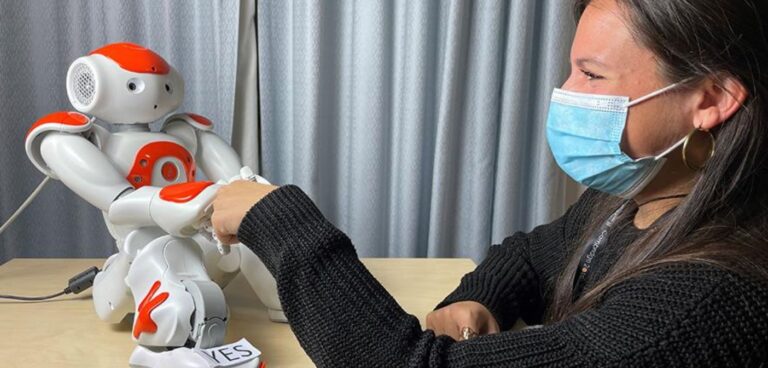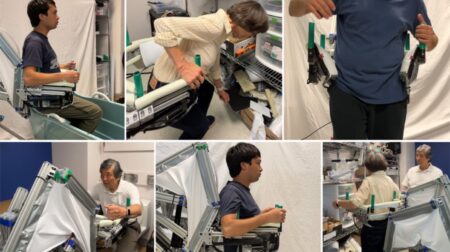Robots could offer improved detection of mental wellbeing issues in children, compared to parent-reported or self-reported testing, according to a new study from the University of Cambridge.
The study was conducted with 28 children between the ages of eight and 13, and used a small humanoid robot to ask the participants a series of standard psychological questionnaires to assess their mental wellbeing.
Parents, guardians and members of the research team observed the sessions from an adjacent room.
During the sessions, the children interacted the robot, such as by touching, as the robot asked-open ended questions about memories, gave a Short Mood and Feelings Questionnaire (SMFQ), conducted a picture and word association activity and administered the Revised Children’s Anxiety and Depression Scale (RCADS) for generalised anxiety, panic disorder and low mood.
The research team reports that the children were willing to confide in the robot and in some cases shared previously undisclosed information.
This is reportedly the first time that robots have been used to monitor the mental wellbeing of children.
Professor Hatice Gunes, who leads the Affective Intelligence and Robotics Laboratory at Cambridge, said: “After I became a mother, I was much more interested in how children express themselves as they grow, and how that might overlap with my work in robotics.
“Children are quite tactile, and they’re drawn to technology.
“If they’re using a screen-based tool, they’re withdrawn from the physical world.
“But robots are perfect because they’re in the physical world – they’re more interactive, so the children are more engaged.”
The robot was equipped with touching sensors on its hands and feet, along with additional sensors that tracked participants’ heartbeat, head and eye movements.
The researchers said that, while the results demonstrate that robots could be a useful tool for psychological assessment, they are not a substitute for human interaction or professional mental health support.
The team hope to expand the survey in future to include more participants over a longer time period, and are also investigating the utility of video chat in the process.








